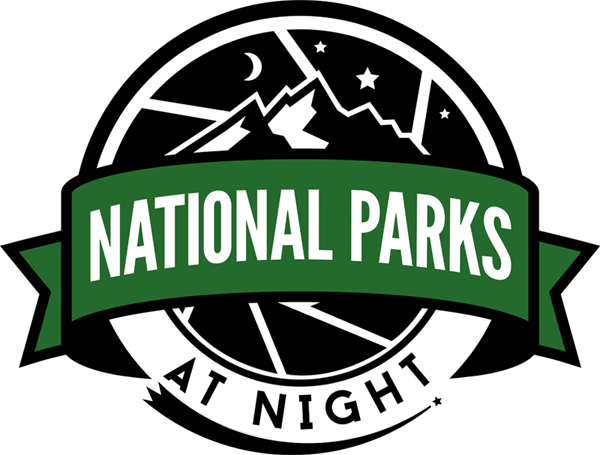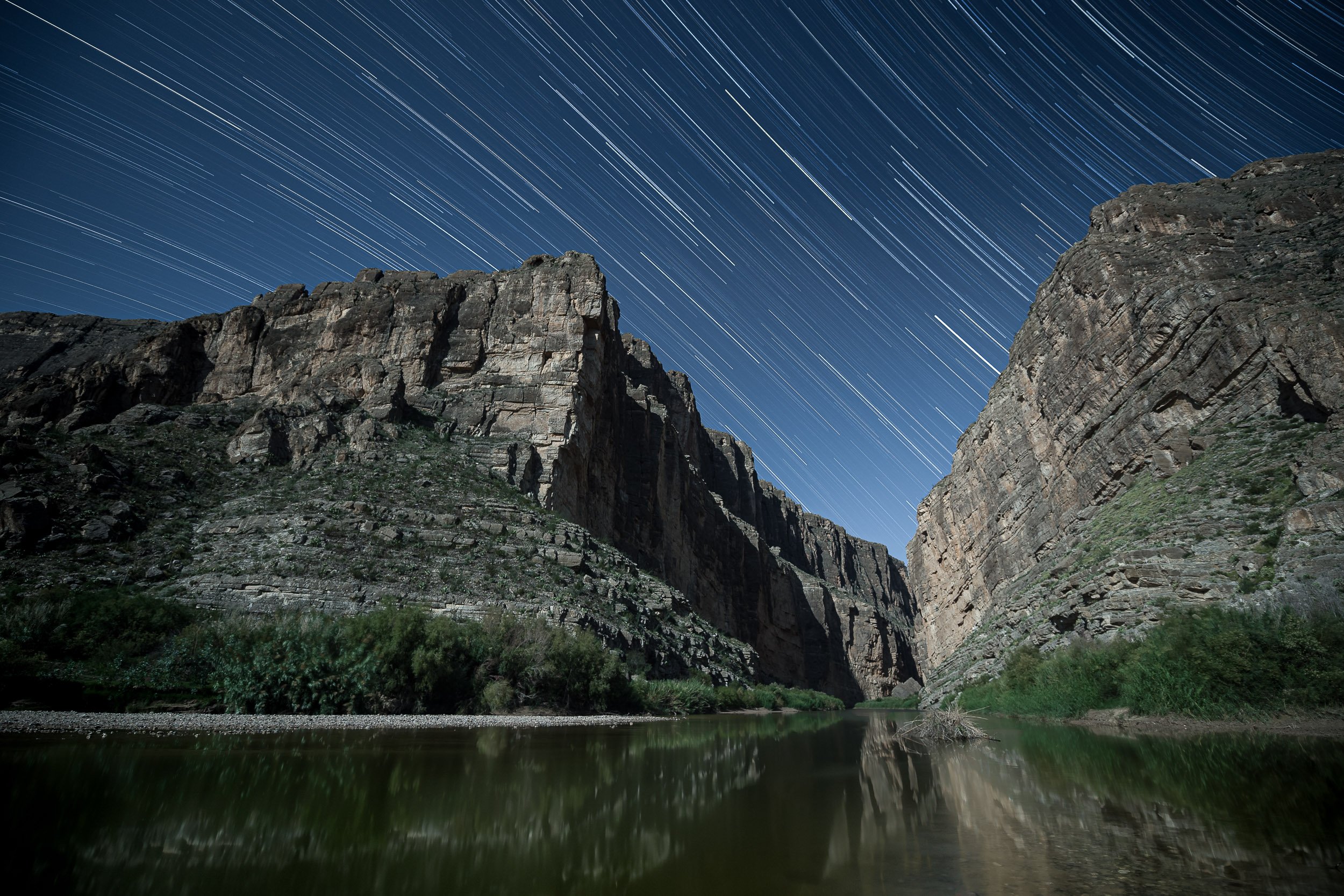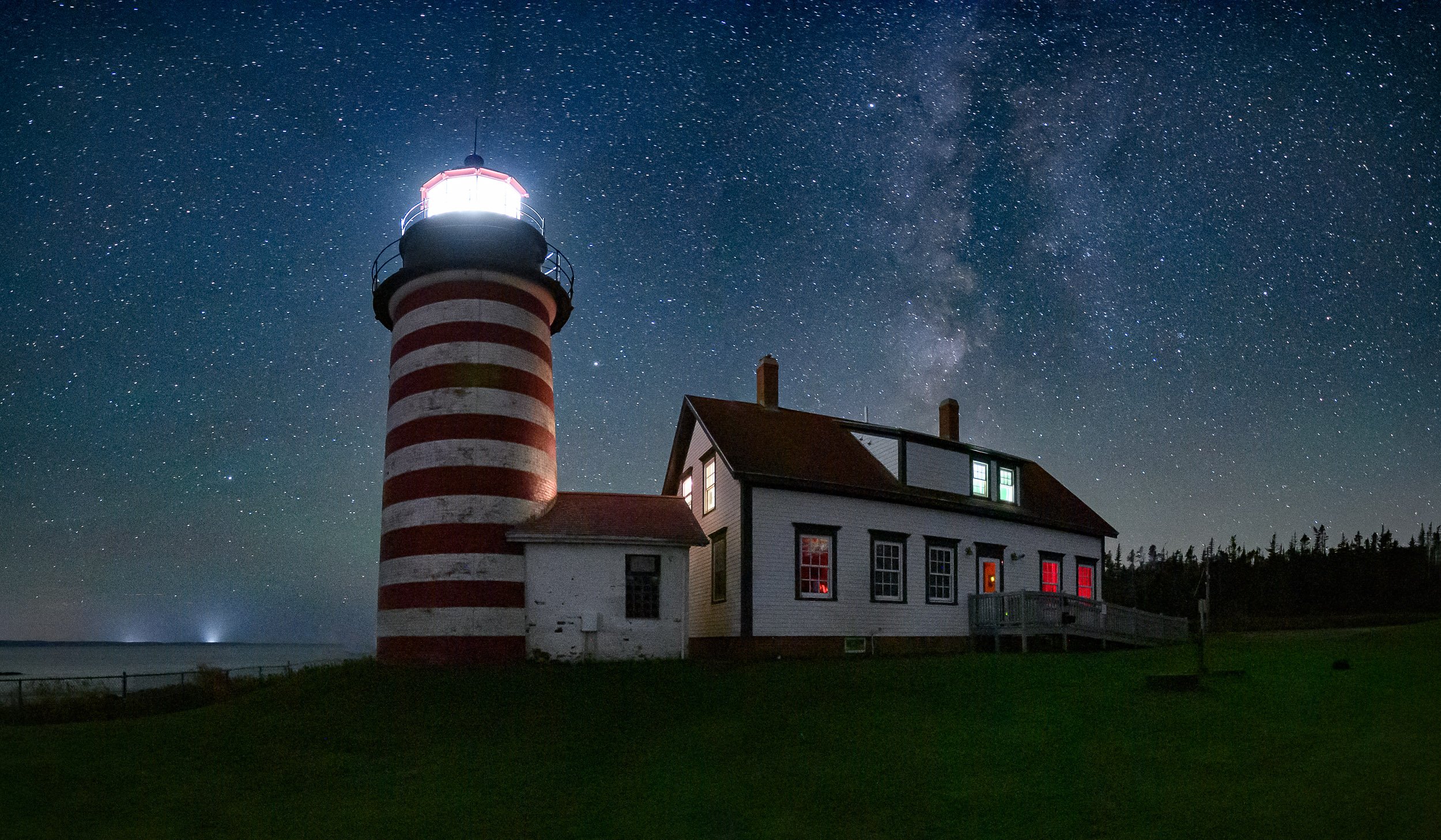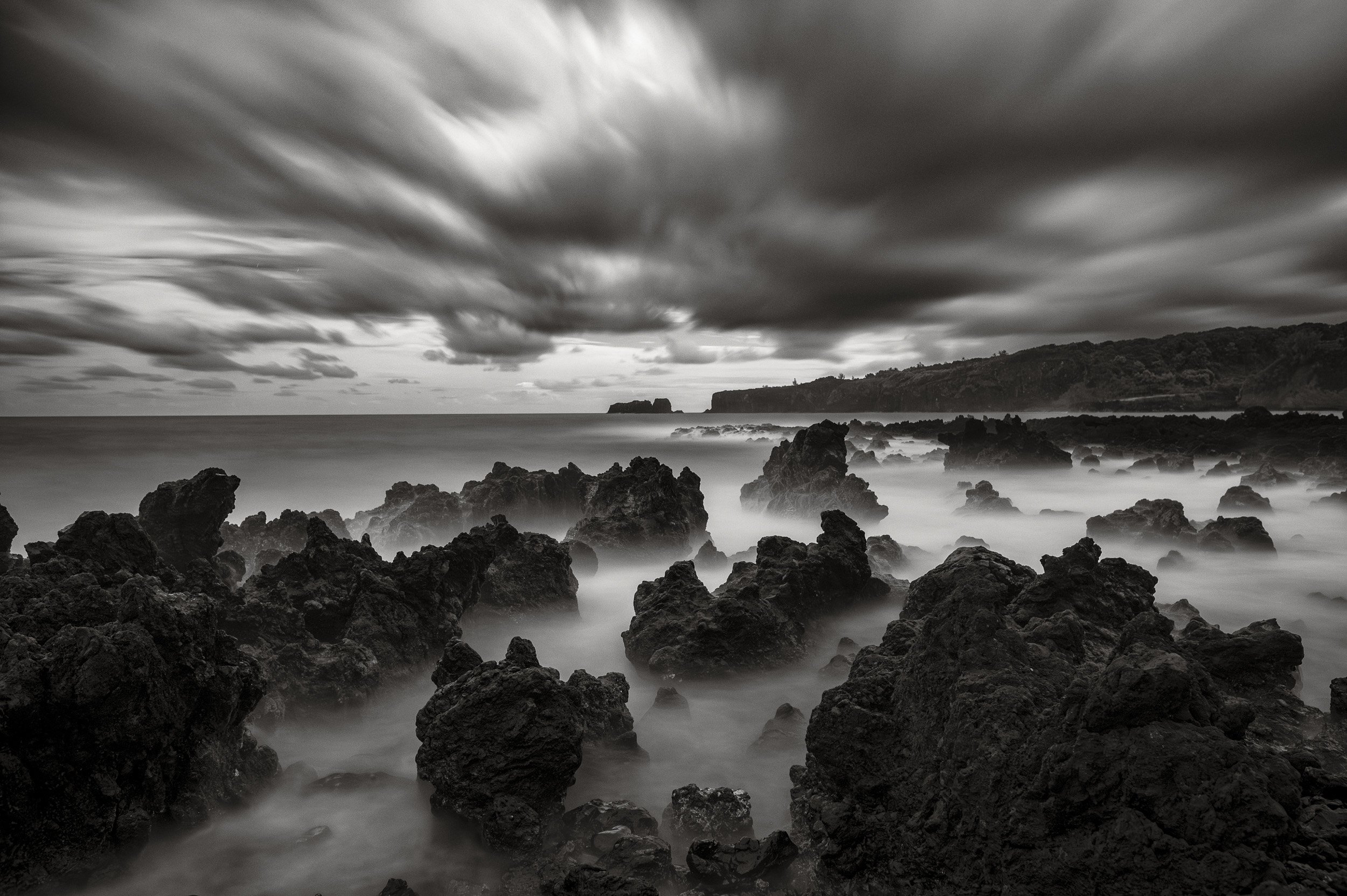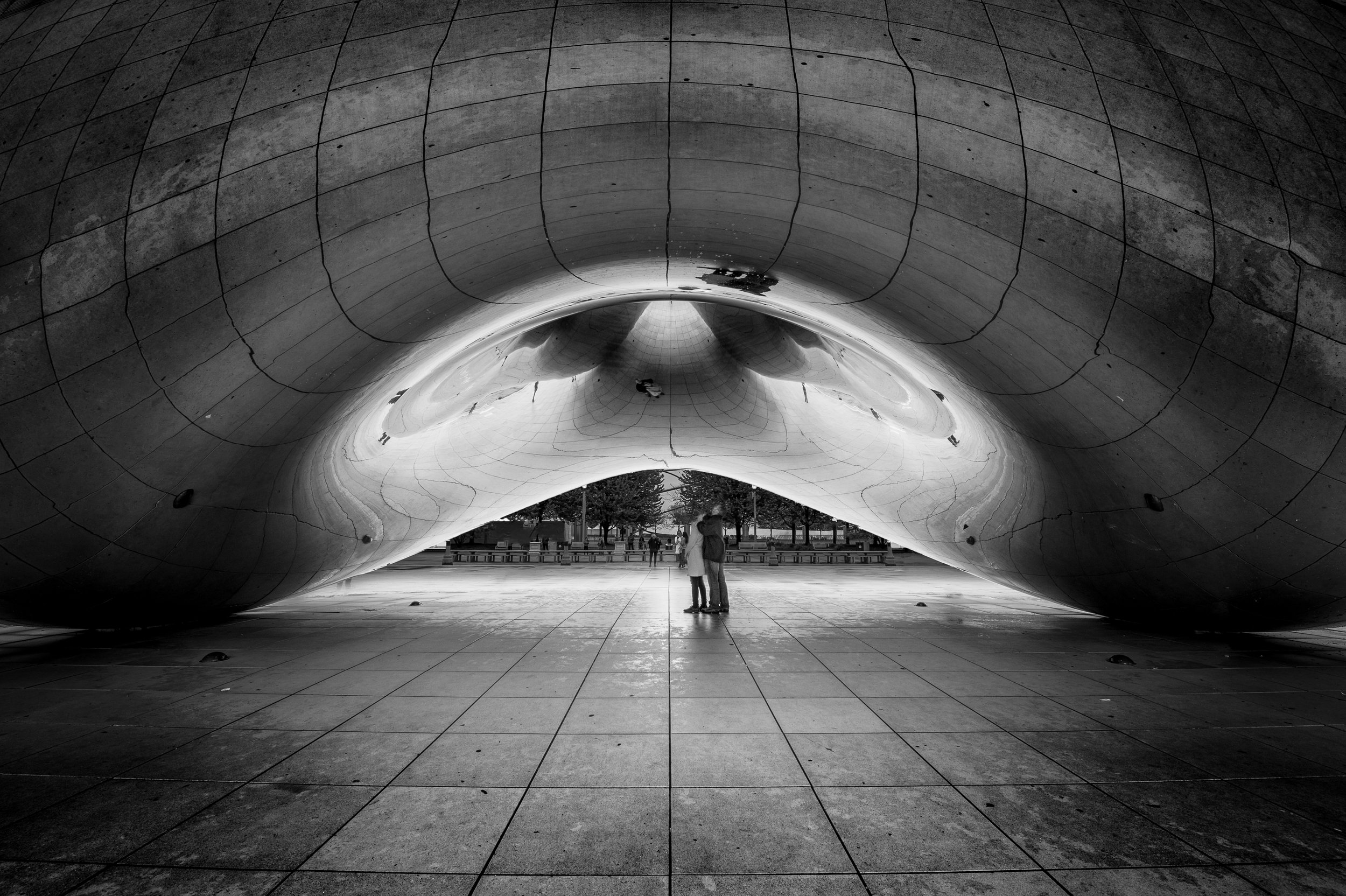Live, in Front of an Online Audience: National Parks at Night!
In early March, Gabriel Biderman and I jetted over the Atlantic to run our first international trip of the year, to the Lofoten Islands of Norway. Two weeks later we returned to a very different life.
For the past two and a half months we haven’t been traveling for workshops—neither Gabe nor I, nor our business partners Matt Hill, Tim Cooper and Lance Keimig. We miss being in the outdoors at night, so much that we made a video about it. We also immediately missed interacting directly with the community of night photographers, both inside and outside the ranks of our workshop alums.
In an effort to reach out, and as part of the global collective effort to give us all something to do in the confines of our homes, we launched a series of weekly livestreams, as well as an online post-production course. Since March 23, we’ve been online at least three times per week, either on YouTube or Instagram, chatting with workshop alums and other night photographers, engaging in public Q&A’s with industry experts, teaching Lightroom and helping folks with their images, and more.
We’ve shared notices of these endeavors on our Facebook, Instagram and YouTube accounts, but have yet to mention anything in our blog. Today, that changes. Below you can see a rundown of all the online programs we’ve been offering this spring, along with our plans for the immediate future.
#BlogChat
Our #BlogChat livestream on YouTube is something that had been in the works for a while. Every week for more than five years we’ve published a post in this blog. But there is always so much more to say than can be fit into a thousand or two thousand words. So now we chat about it online, too, and we field questions from the live comments. Yay for more words!
On Tuesday nights, Matt sits down in his studio in Catskill, New York, and leads a conversation with whoever wrote that week’s blog post. We started with a week of five straight #BlogChats centered on posts from our archive, and since then have conducted a weekly online discussion of that week’s topic. We intend for this is be a consistent program, even when we’re back on the road.
Some topics we’ve covered so far:
You can see all our #BlogChat videos here:
To receive a notification from YouTube whenever we go live, be sure to subscribe to our channel!
(Yes, I am, right this minute, writing a blog post about a video program about our blog posts. It does not escape me that this is very meta. Is it possible that this week’s #BlogChat will be a video about our blog post about videos about our blog posts? We’ll see!)
Ask NPAN Anything / Conversations
Instagram is the social media service designed for photographers, so of course we have always dedicated a lot of time to our profile and image grid there. What we hadn’t done was engage via the platform’s live capability. Two months ago, that changed.
At the beginning of April we launched Ask NPAN Anything, a weekly Wednesday-night exchange between Gabe and one other instructor, and whoever was watching on Instagram could chime in with questions about … well, about anything. We’re always open books, happy to discuss all topics related to night photography, national parks and dark skies. We’ve been doing that for half a decade in our “Five Questions” blog series, and Instagram is the perfect alternative format for doing that live.
Each week featured a theme. One time Gabe chatted with me about national parks, another time he chatted with Matt about night portraits, another time he chatted with Tim about post-processing—and all of these were open to questions from anyone watching.
Then Gabe had an idea: What if we invite one of our friends to join us for a conversation? He reached out to JC Carey of Nikon, who was happy to come online and talk about Nikon cameras and lenses, his amazing work with strobes and his adventures photographing at night.
The next guest was Art Suwansang of BenQ, and everyone was able to ask great questions about monitors, calibration, etc. Then photographer Susan Magnano joined us to chat about being “stuck” living in an RV in the wilderness of Moab for two months during the COVID19 lockdown. This past week Ralph Lee Hopkins, a National Geographic photographer and the director of photography expeditions for Lindblad Expeditions, joined for a groupwide conversation about his amazing travels.
Because format and “the feel” of this livestream has changed a bit, we are announcing a new name for it: NPAN Conversations. Gabe will still host this every Wednesday night at 8 p.m. ET, and other NPAN instructors will still often be guests. Here’s a peek at what we’re planning for the next few weeks:
June 3: Rafael Pons of PhotoPills
June 10: To be announced, talking about tripods
June 17: Lance Keimig, talking about night photography books
June 24: Sandra Ramos, aka National Park Patch Lady, talking about getting to know the smaller units of the National Park Service
We also have long-term plans for guests that include a national park ranger, an astronomer and a street photographer, as well as industry experts in the fields of lighting, printing, lenses and more.
For all of these sessions, the floor will be open for questions, so be sure to join us on Wednesday nights on Instagram (@nationalparksatnight) or npan.co/instagram.
The Night Crew Image Review
One of the most important activities on many of our workshops is the Image Review. We gather during daytime to go over the photographs we’ve been making at night. It gives the group a chance to celebrate its successes and to learn from its challenges.
Now we have brought that experience online with The Night Crew Image Review. Each week we’ve put out a call for images, and then we’ve met with participants on Zoom to go over their submissions. We’ve seen some great work, and we’ve offered suggestions on everything from initial capture to cropping to post-production.
Moreover, we have simulcast the meetings live on our YouTube channel so that other photographers can hopefully learn from the experience and join in the chat discussion. You can see all the Night Crew Image Review sessions we’ve done here:
As of June, we’re changing the schedule for this program to once per month, on dates to be announced. You can still submit images at any time by visiting npan.co/imagereview. We’ll reach out when it’s your turn for the livestream group review so that you can join us on Zoom, and we’ll announce the simulcast on our social media channels.
If you need more immediate feedback, that’s actually a service we offer! We run one-on-one sessions with photographers on a regular basis, on topics as varied as:
Catalog Clutter and Image Organization
Gear Consultation, Camera Settings
Image Review
Lightroom and Photoshop
Mentoring and Artistic Development
Monitor Calibration
Night Photography Techniques
Pre-Workshop Education
Travel Prep
This is a service we offer online as well as in-person when possible. For more information, visit our Tutoring page.
Lightroom Live
This is another idea we’d contemplated for a while, and this was the perfect time to launch it: an online course designed to teach Lightroom, the most important piece of software for photographers, focused on the two most important modules, Library and Develop.
You can see more about our Lightroom Live online course in this video:
We’ve run two sessions of Lightroom Live already, each with a full cohort of 12 participants who attended four two-hour classes. (We’re keeping these classes small to maximize the time that participants get with the instructors.) We recently announced two more sessions, each in June, each on weekends, each with seats available:
Session 3: June 5, 6, 12, 13
Session 4: June 20, 21, 27, 28
The course also comes with bonuses! When you register you’ll receive a download of our new video Lightroom: Correcting Your Catalog Chaos (which will be on sale to the public soon—stay tuned!), and at the end of the course you’ll receive an hour of one-on-one time with the instructor of your choice.
See our Lightroom Live online course page for more information and to register today.
Other Endeavors
During all this non-travel time, we’ve been busy with other projects as well. Of course, we’ve still been writing blog posts, on topics ranging from the new Nikon D780 to a new intervalometer to ideas for long exposures at home and more.
We also recognized that five years of blog posts, over 200 in total, are a little unwieldy to look through when they’re organized only by date. So we created a brand new page on our website where you can see all our posts organized by topic. That’s about 300,000 words of free night photography education. We hope you enjoy!
We’ve also been busy on the publishing front. In April we released an e-book titled Great Balls of Fire: A Guide to Photographing Meteor Showers. It covers everything you’d want to know about the subject:
which meteor events to target
dream locations to photograph meteor showers
how to scout, shoot and edit a meteor shower
a gear guide for being perfectly equipped in the field
You can get more info and download the e-book here.
(Psst, psst! Want to know a secret? We’re also in the final stages of publishing our second e-book of the spring. Want a sneak peek?)
Wrapping Up
Of course, we have some more plans too. We’ll let you know as soon as they’re ready.
In the meantime, we’re excited to see you online! For more information and to stay updated about all of our livestream programs, visit npan.co/live.
